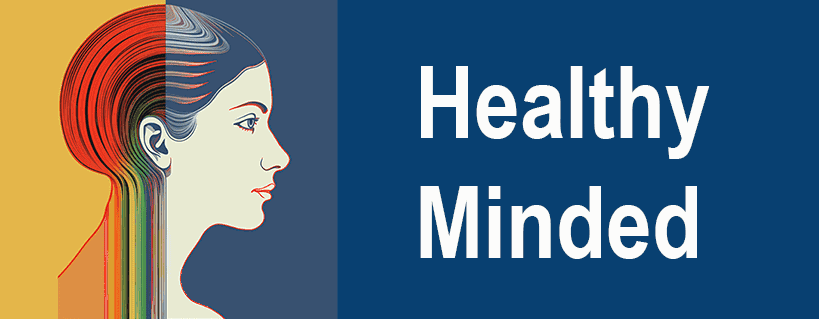
With fears over a second wave of COVID-19 at an all-time high, there’s been a significant rise in anxiety disorder diagnoses among Americans. According to the Anxiety and Depression Association of America (ADAA), anxiety disorders are the most common form of mental illness in the United States, affecting over 18% of the population nationwide before the emergence of COVID.
Perhaps the most concerning ADAA statistic is that only 43.2% of the over 40 million adults suffering from anxiety disorders are receiving treatment. Considering the availability of treatment options like propranolol and its significant backing by medical research, there’s no reason for individuals suffering from anxiety to endure its compromising and oftentimes debilitating effects.
What is propranolol, and how does it work?
Propranolol is a beta-blocker that works by regulating the action of stress hormones such as adrenaline (epinephrine) or noradrenaline (norepinephrine) upon beta receptors in the heart, lungs, and major muscle groups.
In doing so, it provides considerable relief from physical symptoms of various forms of anxiety, including hyperventilation, shaking, or intense nausea.
Let’s take a quick look at the viability of propranolol for anxiety disorders — with two examples of how it can improve the quality of life of Americans across an impressive range of age groups.
Frequently Asked Questions About Propranolol for Anxiety
As of this writing, propranolol is most commonly prescribed for cardiac arrhythmia, thyrotoxicosis, and high blood pressure. In proper dosages, it’s also shown to be effective in treating essential tremors and anxiety disorders.
Here are three of the most common questions regarding the use of propranolol for anxiety today:
- What’s the optimal propranolol dosage for anxiety?
Doctors currently recommend a dose of 10-20mg of propranolol an hour before an anticipated stressful event, such as the first day at a new job or college midterm.
- When using propranolol for anxiety, how long does it last?
Testing estimates propranolol’s half-life to be approximately eight to ten hours, meaning its effects last an average of twelve hours in the human body.
- Does it come with serious side effects?
One reason for the significant interest in propranolol is that it works with practically no side effects, other than slight drowsiness or lethargy in rare cases. It has no abuse potential and is not habit-forming.
Propranolol for Social Anxiety & Phobias in Adults
There’s plenty of evidence in scientific literature to suggest that beta-blockers are helpful in treating physical symptoms of social anxiety. These include the trembling, blushing or dizziness that seriously impair an individual’s abilities in public speaking, presentation or even socialization.
Propranolol is particularly noted for its added ability in treating peripheral symptoms of anxiety-like tachycardia, profuse sweating, and stammering.
Propranolol for Test Anxiety & Other Forms of Performance Anxiety in Students
Beta-blockers are a trusted form of treatment for anxiety disorders publicly extolled by some of the world’s top performers, including business mega-magnate and philanthropist Richard Branson, singer Katy Perry and acting coach Jeanie Hackett.
In the same way, beta-blockers are widely considered viable for calming stage fright before a concert or seminar, propranolol can provide relief from intense physiological, cognitive, and behavioral symptoms associated with various forms of performance anxiety.
While the onsets that can occur with school testing or job interviews are very real for young adults, propranolol is a long-established option for improving aptitude and composure due to its action on stress hormones.
- Escalaphobia: Conquering Moving Mountains, One Step at a Time - December 19, 2024
- How Psychologists Can Empower Communities - March 25, 2024
- The Potential of Medical Cannabis for Neurological Conditions - February 26, 2024
